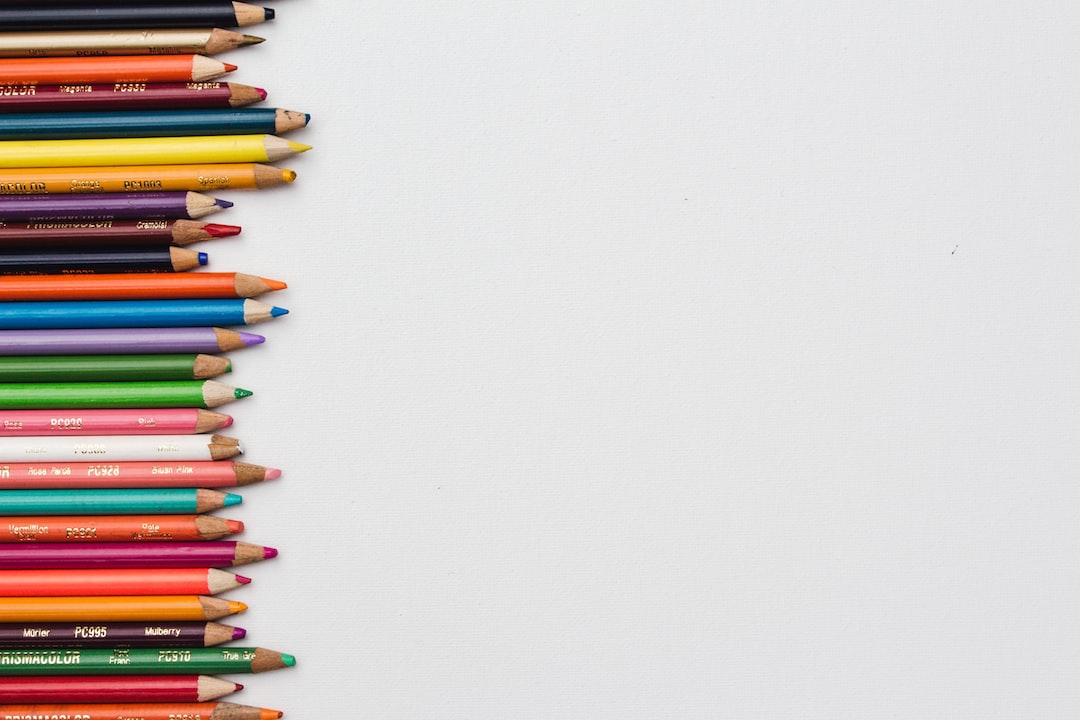Typography is an essential element in the world of graphic design. It plays a crucial role in conveying the intended message, enhancing the visual appeal, and creating a harmonious balance between text and images. Mastering the art of typography is a skill every graphic designer should strive to acquire. In this blog post, we will explore various aspects of typography and provide helpful tips to help you improve your typographic skills.
First and foremost, it is important to understand the basic terminology used in typography. Kerning, leading, tracking, and font styles are terms that you should familiarize yourself with. Kerning refers to the adjustment of space between specific pairs of letters, leading represents the vertical space between lines of text, and tracking refers to the overall spacing of characters. Font styles include serif, sans-serif, script, and display fonts, among others. By understanding these terms, you can effectively manipulate and control the way text appears on a design.
Selecting the right font for your design is key to creating a visually pleasing composition. Different fonts evoke specific emotions and convey different tones. For example, a bold, sans-serif font conveys strength and confidence, while a delicate script font can create a sense of elegance and sophistication. Experiment with different fonts to find the perfect match for your design. However, exercise caution and ensure that the chosen font is legible and compatible with the overall message you want to convey.
Hierarchy is another crucial aspect of typography. It involves arranging text in a way that directs the reader’s attention and guides them through the information. Establishing a clear visual hierarchy helps users quickly grasp the main points and navigate easily through the design. You can achieve this by playing with font size, weight, and color. The most important information should be emphasized, while secondary or supporting text can be visually differentiated to create a sense of order.
Alignment is an important aspect of typography that often goes overlooked. An improperly aligned text can create confusion and disrupt the overall visual balance. The most common alignment options are center, left, right, and justified. Each alignment choice conveys a different visual impact. For instance, centered text can create a more formal and elegant look, while left-aligned text is generally more common and easy to read. Choose the alignment that best suits your design and message.
Consistency is key when it comes to typography. Using a consistent font, size, and spacing throughout your design creates a cohesive and professional look. Aim for a harmonious balance between different elements of typography, such as headlines, body text, and captions. Avoid using too many different fonts or font sizes, as it can lead to a cluttered and confusing design.
Whitespace, often referred to as negative space, is an essential element in typography. It refers to the empty space around and between letters, words, and paragraphs. Whitespace not only enhances readability but also adds visual elegance to the design. When used strategically, it can create a sense of organization and highlight important information. Embrace whitespace and use it to your advantage.
Lastly, don’t be afraid to experiment and push the boundaries of typography. Typography is an art form that allows for creativity and self-expression. As a graphic designer, you have the power to bend and break the rules of typography to create unique and visually striking designs. However, always keep in mind the fundamental principles of typography and ensure that legibility and clarity are not compromised.
In conclusion, mastering the art of typography in graphic design requires a deep understanding of its principles, terminology, and application. By choosing the right font, establishing a clear hierarchy, aligning text properly, maintaining consistency, embracing whitespace, and allowing room for creativity, you can elevate your typographic skills and create visually captivating designs. So, go ahead, experiment, and let your typography skills shine.
